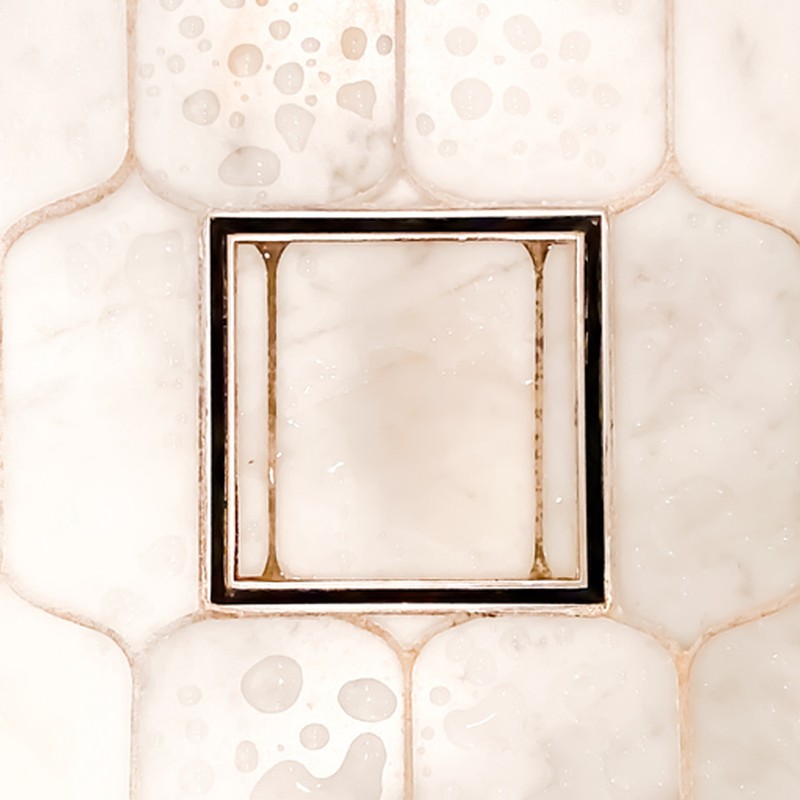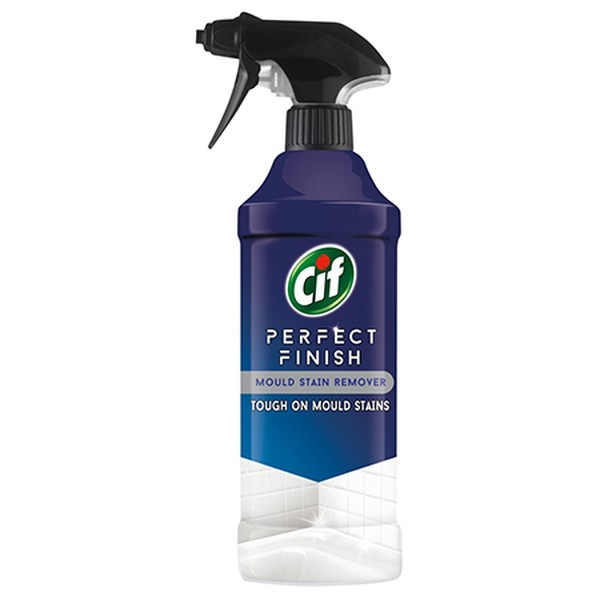How To Get Rid Of Mould & Mildew
Know What You’re Dealing With
That black gunk collecting in the corner of the shower or between the tiles behind the sink is generally referred to as mould or mildew. It’s a type of fungus that feeds off fabric, wallpaper, ceiling tiles, wood and any organic surface which is exposed to water, poor ventilation and low levels of sunlight. Although it won’t be enough to make you ill, left untreated, it is bound to spread.
Reduce The Humidity
To stop mould and mildew building up in the first place, keep indoor humidity levels low. Between 30-50% is ideal. After a shower, always be sure to open the bathroom door or window to let out extra steam and moisture. To take further action, install an extractor fan for better ventilation – it’s possible to run them on a timer to help clear the room without racking up too many extra electricity costs, too.
Clean Your Shower Curtain
Those mouldy spots on a shower curtain are enough to put you off wanting to ever step back in. To keep on top of the problem, use a plastic-lined curtain which can be put in the washing machine. Washing it with regular detergent and a few bath towels for extra friction should help clear the build up.
Get Tough On Grout
Maintaining the appearance of grout between your bathroom tiles and where the tiles meet bathtubs and sinks can feel like a fiddly, and time-consuming job. But there really aren’t two ways about it: to keep grout grime at bay, you need to put the effort in. Start by adding water to some bleach, and be sure to put the rubber gloves on. Next, take a stiff brush and gently scrub the solution into the grout. Leave for a few minutes to allow the solution to break down dirt before rinsing or wiping away the excess.
Go Beyond The Bathroom
It’s important to remember condensation can occur in any room where the temperature outside falls below the temperature set by central heating inside. When warm air collides with cold surfaces, it cools down quickly and releases water, which turns into liquid droplets. If not dealt with quickly, black mould will start to appear on window frames and even nearby walls. Rectify the issue by opening windows for a few hours every day, wipe down windows, mirrors and glass if water builds up, and use a soft towel to clean up any condensation you find elsewhere. If the problem persists, it's worth consulting an expert to find out if windows or doors might need replacing.
Some of the best products to fight mould and mildew…
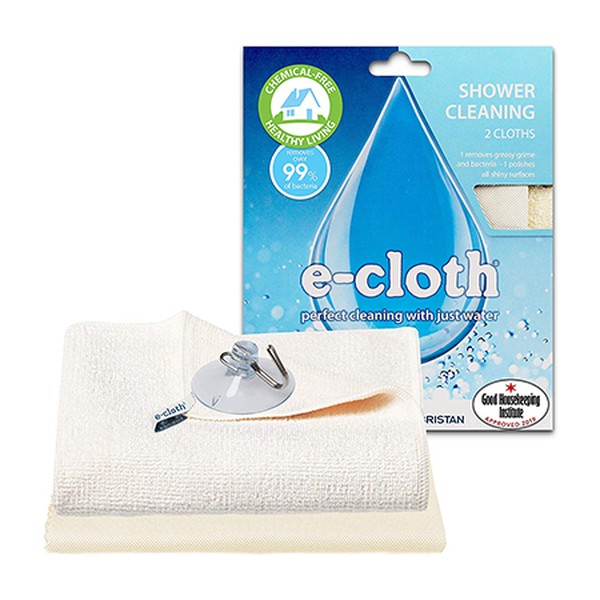
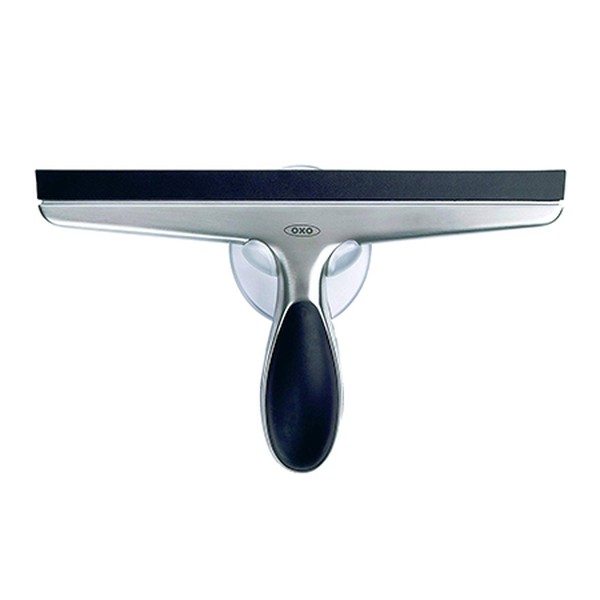
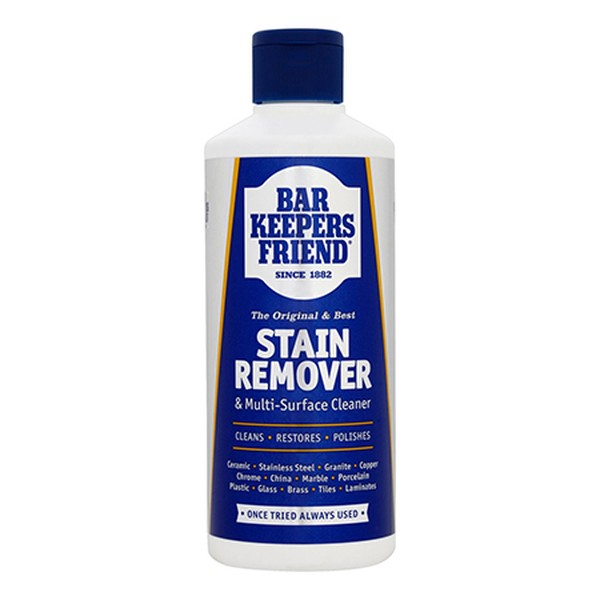
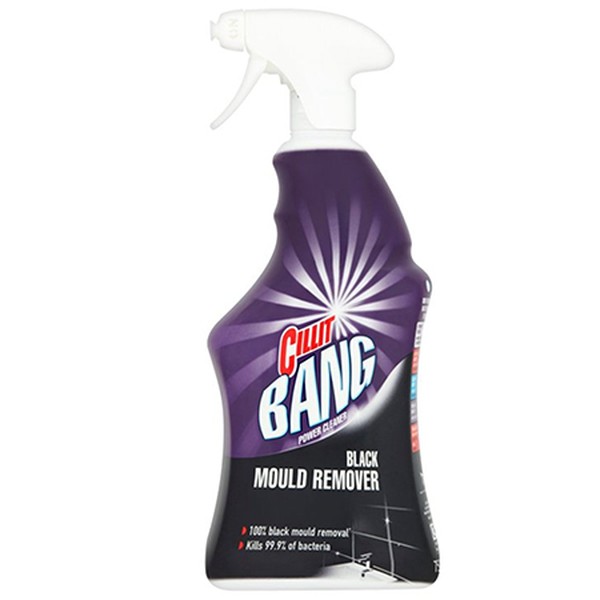
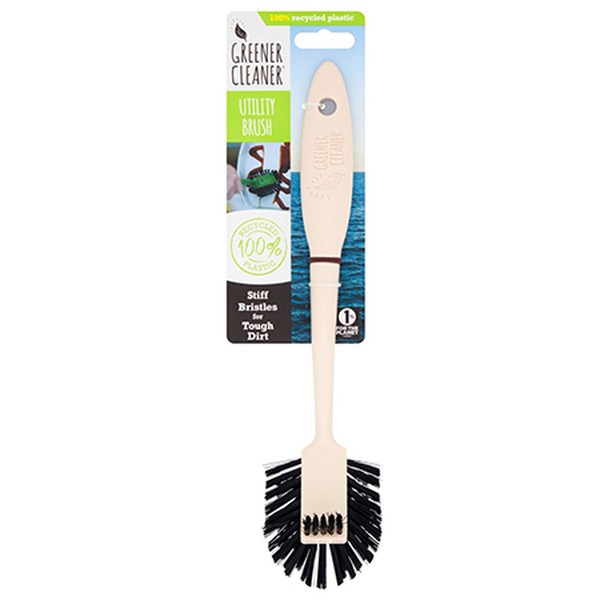

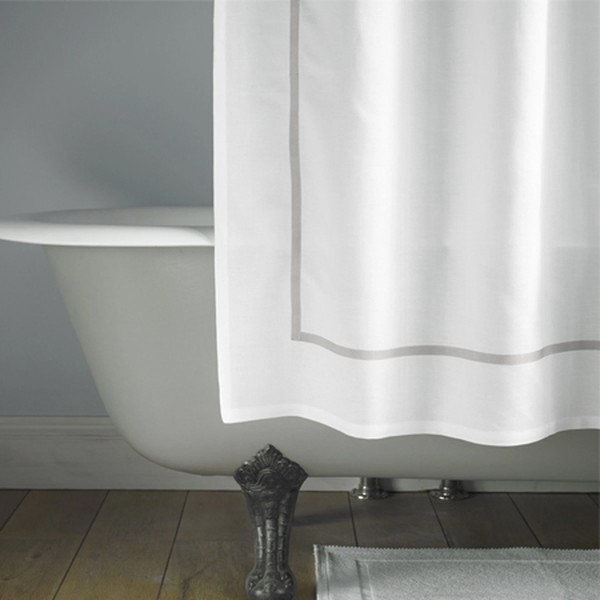
DISCLAIMER: We endeavour to always credit the correct original source of every image we use. If you think a credit may be incorrect, please contact us at info@sheerluxe.com.
